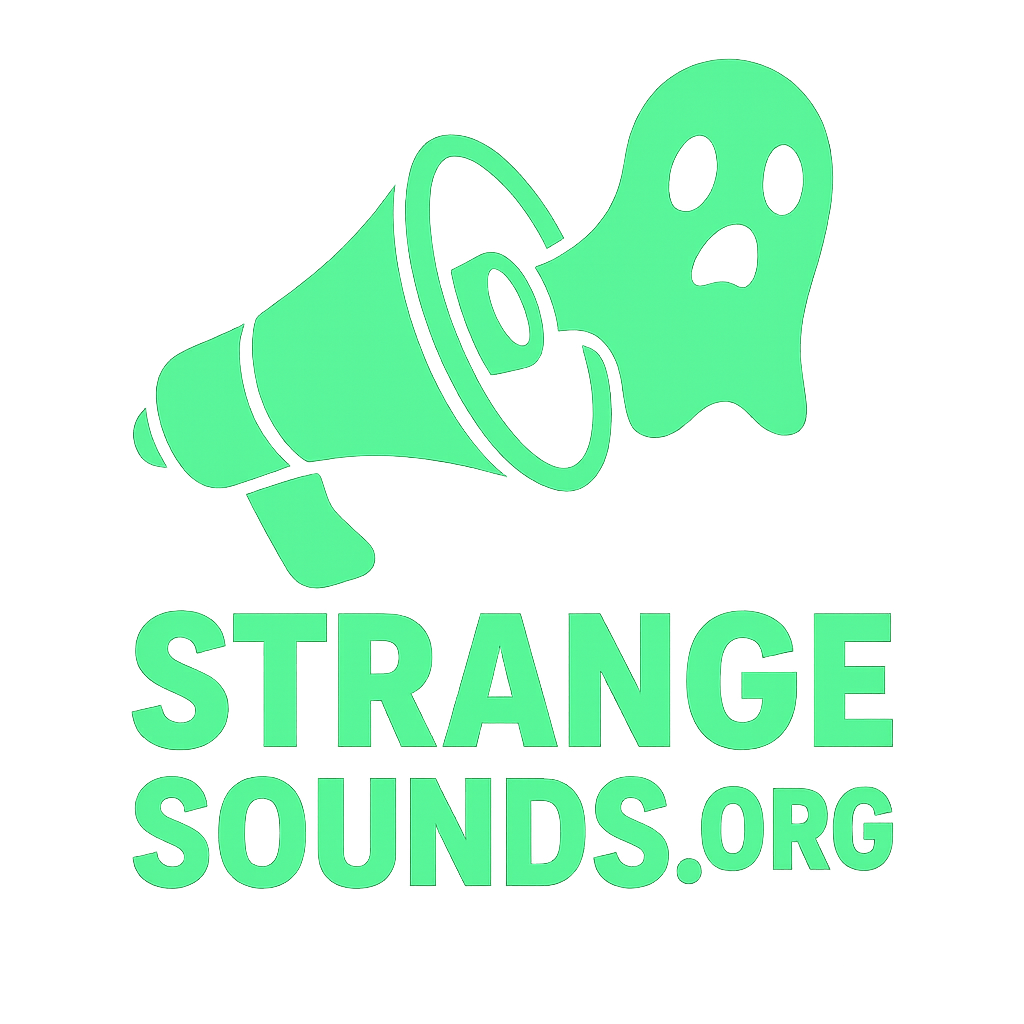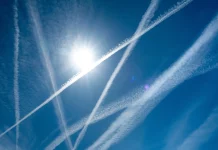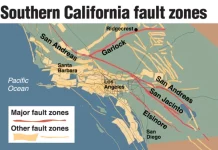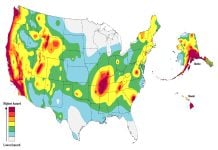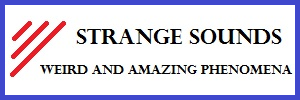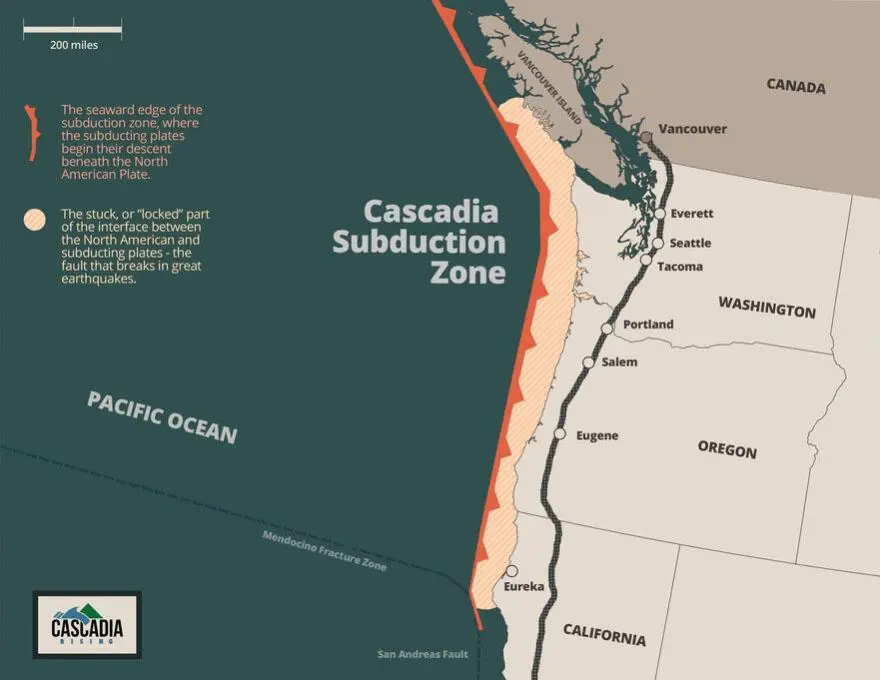
When the massive Cascadia subduction zone lurches, it does so violently—potentially magnitude 9 or higher, with tsunamis and landslides to follow. Now, research published in Geosphere proposes that some Cascadia quakes may have been followed by movement on the San Andreas Fault, raising the specter of a cascading West Coast crisis.
Discover the most dangerous fault zones in the US.
A Lucky Mistake at Sea
Back in 1999, a graduate student entered the wrong latitude during a coring cruise. The ship strayed ~90 km south of the intended site—outside Cascadia and into San Andreas territory. Since they were already there, the team collected a core from Noyo Canyon near Fort Bragg, California. That core, compared with Cascadia cores, would later change the story.
Strange “Doublet” Layers
Over the past 3,000 years, both the Cascadia and Noyo Canyon cores show repeated paired turbidites—underwater landslide deposits laid down by strong shaking. In many cases, a fine-grained unit is overlain by a very coarse, sandy unit—an inverted doublet pattern that puzzled the scientists.
“It’s kind of hard to exaggerate what an M9 earthquake would be like in the Pacific Northwest,” says paleoseismologist Dr. Chris Goldfinger of Oregon State University, lead author of the new study. “And so the possibility that a San Andreas earthquake would follow, it’s movie territory.”
Evidence of Linked Megaquakes
Radiocarbon dating shows many doublets north and south of Cape Mendocino formed at nearly the same time. After ruling out alternative triggers, the authors argue the first layer records a Cascadia megathrust quake and the second a San Andreas event—sometimes separated by only minutes to hours (where erosion hasn’t removed the gap).
Are Cascadia and San Andreas linked together?
Could Two Big Quakes Strike in Quick Succession?
If correct, the mechanism suggests strong dynamic stress transfer from Cascadia shaking may load the northern San Andreas to failure—producing a rapid coastal chain reaction. The implications for preparedness, infrastructure, and tsunami response are profound for the Pacific Northwest and California alike.
What This Means for the West Coast
- Compound risk: A single event might not be the whole disaster; a follow-on rupture could expand the impact zone dramatically.
- Tsunami planning: Cascadia tsunamis could be followed by after-effects and coastal hazards across Northern California.
- Emergency sequencing: Mutual-aid and logistics plans should assume back-to-back major events.
💌 Love geology and natural disasters? support Strange Sounds: PayPal · Donorbox
📰 Subcribe to the Strange Sounds Newsletter! You will love it!
FAQs — Cascadia, San Andreas & Chain-Reaction Quakes
What exactly did the scientists find?
Repeated paired turbidites—earthquake-triggered sediment layers—appearing almost simultaneously north (Cascadia) and south (San Andreas) of Cape Mendocino, implying linked ruptures.
How could Cascadia trigger the San Andreas?
Strong dynamic stresses from a Cascadia megathrust quake may nudge an already loaded San Andreas segment past failure, potentially within hours.
Does this mean the next Cascadia quake will definitely trigger California?
No. The study argues for partial synchronization in the geologic record, not inevitability. But it expands credible worst-case scenarios.
What’s the practical takeaway for residents?
Plan for compound disasters: extended outages, damaged transport corridors, and tsunami/aftershock sequences. Keep supplies and comms plans ready.
Where can I read the research?
The work appears in Geosphere (GSA): Goldfinger et al., “Unravelling the dance of earthquakes: Evidence of partial synchronization of the northern San Andreas fault and Cascadia megathrust,” 2025, doi: 10.1130/GES02857.1.
References

